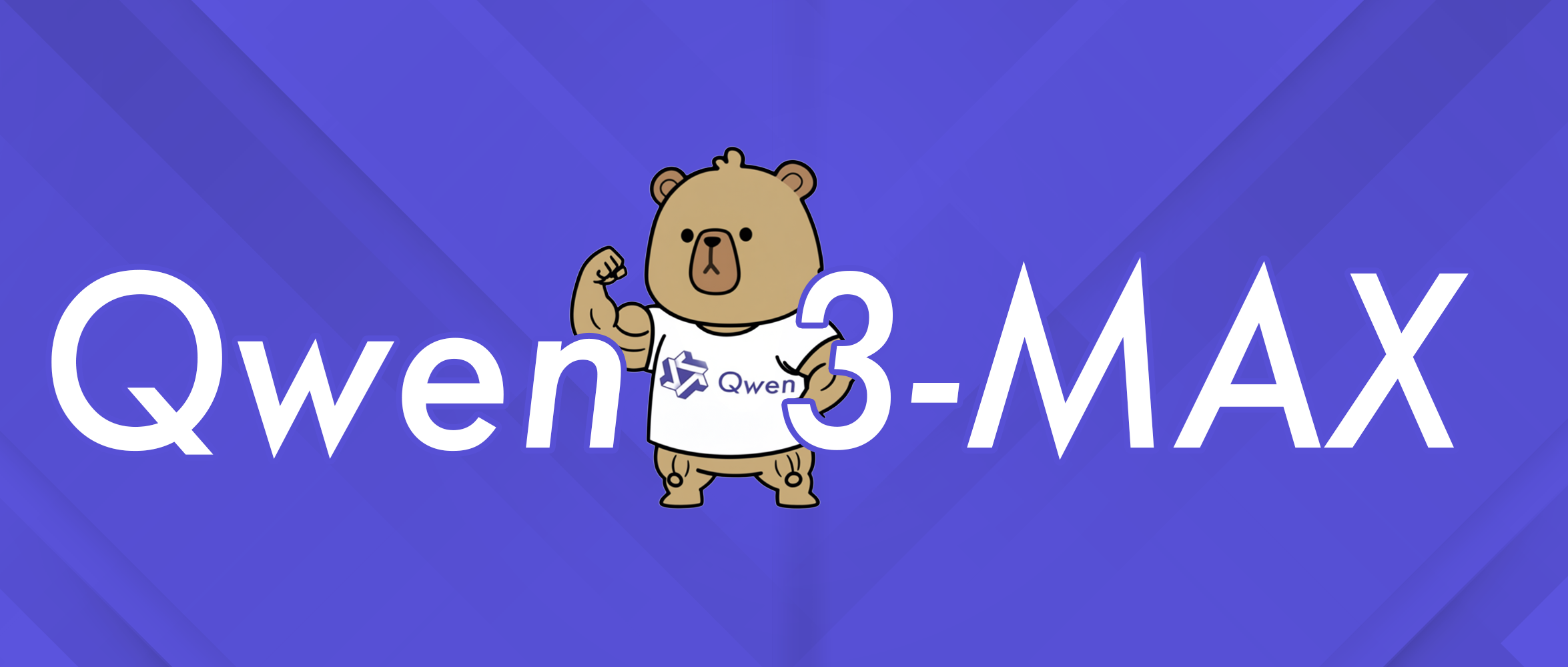The Trillion-Parameter Gambit: How Alibaba's Qwen3-Max Proves AI's Scaling Laws Still Reign Supreme
Exclusive analysis reveals Chinese tech giant's massive model challenges conventional wisdom about artificial intelligence limits
Recently a fundamental question has haunted Silicon Valley boardrooms and research labs worldwide: Have we hit the wall? As training costs soar into the hundreds of millions and skeptics warn of diminishing returns, Alibaba has delivered a resounding answer with the launch of Qwen3-Max—and the implications stretch far beyond China's borders.
The model, unveiled at the Yunqi Conference on September 24, 2025, packs more than one trillion parameters trained on 36 trillion tokens—a scale that would have been unimaginable just years ago. But beyond the eye-watering numbers lies a deeper story: exclusive testing by engineering team at CTOL.digital reveals that AI's controversial "scaling laws"—the principle that bigger models yield better performance—remain stubbornly, surprisingly intact.

Breaking the Ceiling
"Big is good. Big still works," concludes the our internal analysis, based on extensive internal testing that puts Qwen3-Max through its paces across programming, physics simulations, and complex reasoning tasks. The verdict challenges a growing chorus of critics who argued that artificial intelligence had hit fundamental limits.
The evidence is striking. In head-to-head comparisons, Qwen3-Max solved a mathematical puzzle that "stumped GPT-4," correctly returning the answer. When tasked with building a web application simulating a ball bouncing inside a four-dimensional hypercube, the model delivered functional code that would have been impossible for earlier generations.
Most tellingly, the model demonstrated what researchers call "one-shot runnable projects"—generating complete, executable software applications rather than mere code snippets, a capability that represents a qualitative leap forward.
The Synthetic Data Revolution
Behind Qwen3-Max's performance lies a quiet revolution in training methodology. With natural web data increasingly "mined out," Alibaba turned to synthetic data generation and sophisticated training techniques to reach its 36 trillion token milestone—roughly 80% more training data than its predecessor.
"We're witnessing the next gen of Scaling Law," the CTOL.digital analysis notes. "The move from brute 'scale up' to 'scale smart'"—emphasizing data quality, synthetic generation, and what researchers call "test-time compute," where models can run multiple solution attempts and select the best outcome.
This approach has yielded dramatic results. On AIME 25 and HMMT mathematics benchmarks, Qwen3-Max's "thinking" variant achieved perfect scores of 100/100—a first for Chinese-developed models and a feat matching only the most advanced systems from OpenAI and Google.
Real-World Impact
The theoretical achievements translate into practical capabilities that could reshape software development and automation. CTOL.digital's internal testing revealed that Qwen3-Max exceled at generating a complex game (we built for our client before) with proper semantic HTML, ARIA accessibility standards, and sophisticated modal interactions—technical requirements that lesser models often ignore or implement incorrectly.
In coding benchmarks, the model scored 69.6 on SWE-Bench Verified, a test using real-world software bugs, placing it among the top-performing systems globally. On Tau2-Bench, which measures tool-calling and workflow automation, Qwen3-Max achieved 74.8 points, outperforming Claude 4 Opus and DeepSeek V3.1.
Perhaps most significantly, the model demonstrated what researchers term "agent abilities"—the capacity to use external tools, execute code, and handle complex multi-step workflows that mirror real software development practices.
The Trillion-Dollar Question
Qwen3-Max's success carries profound implications for the AI industry's future. While the model proves that scaling laws continue to deliver capability gains, it also highlights the rising barriers to entry in cutting-edge AI development.
"Trillion-parameter training demands huge compute plus engineering maturity," our internal analysis observes. "Most players should build on top of such base models" rather than attempting to compete at the foundational level.
This dynamic is already reshaping competitive landscapes. The model employs a Mixture of Experts architecture, where only subsets of parameters activate during inference, making trillion-parameter models economically viable while maintaining performance advantages.
Alibaba reports that training efficiency improved by 30% compared to earlier generations, with new parallelization techniques tripling throughput for long-context training. The company reduced hardware failure downtime to one-fifth of previous levels through automated monitoring and recovery systems.
Global Implications
The success of Qwen3-Max represents more than a technical milestone—it signals China's emergence as a true peer in the global AI race. The model's performance on international benchmarks, combined with its integration of advanced reasoning capabilities, challenges assumptions about American and European technological dominance.
"This is a milestone for China's models," notes one analysis, highlighting the nationalistic undertones that increasingly characterize AI development. The model's ability to handle multilingual tasks while excelling at programming and scientific reasoning demonstrates capabilities that transcend regional markets.
Yet questions remain about broader accessibility and openness. Unlike many Western counterparts, Qwen3-Max is not open-source, available instead through Alibaba Cloud's Model Studio with OpenAI-compatible APIs. This approach reflects broader tensions between commercial interests and scientific collaboration in AI development.
The Path Forward
As the AI industry grapples with Qwen3-Max's implications, one conclusion seems inescapable: reports of scaling laws' death have been greatly exaggerated. The model's success suggests that the path to artificial general intelligence remains open, albeit increasingly expensive and technically demanding.
"The scaling law is an empirical rule, not a law of nature," cautions our engineering team. "It could bend with new architectures or hard data and energy limits." But for now, the evidence points toward continued gains from larger models, smarter training, and more sophisticated inference techniques.
The question facing competitors is no longer whether scaling works, but whether they possess the resources and expertise to scale effectively. In a field where the entry stakes continue to rise, Qwen3-Max may represent both a breakthrough and a warning: in the race for AI supremacy, the price of admission has reached unprecedented heights.
As one analyst put it with characteristic bluntness: "Big still brings gains." The challenge now is determining who can afford to stay big—and who will be forced to the sidelines of the most important technological race of the century.
NOT INVESTMENT ADVICE
